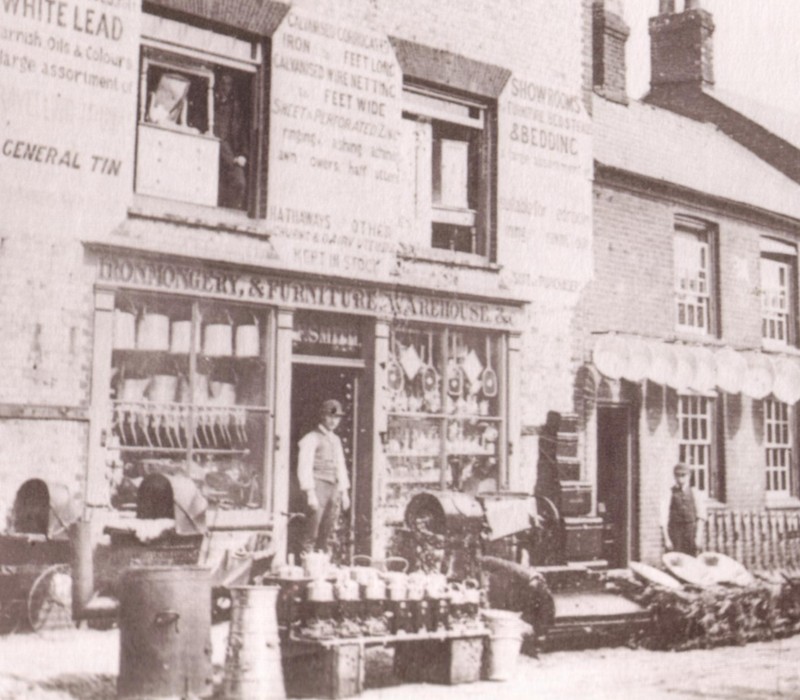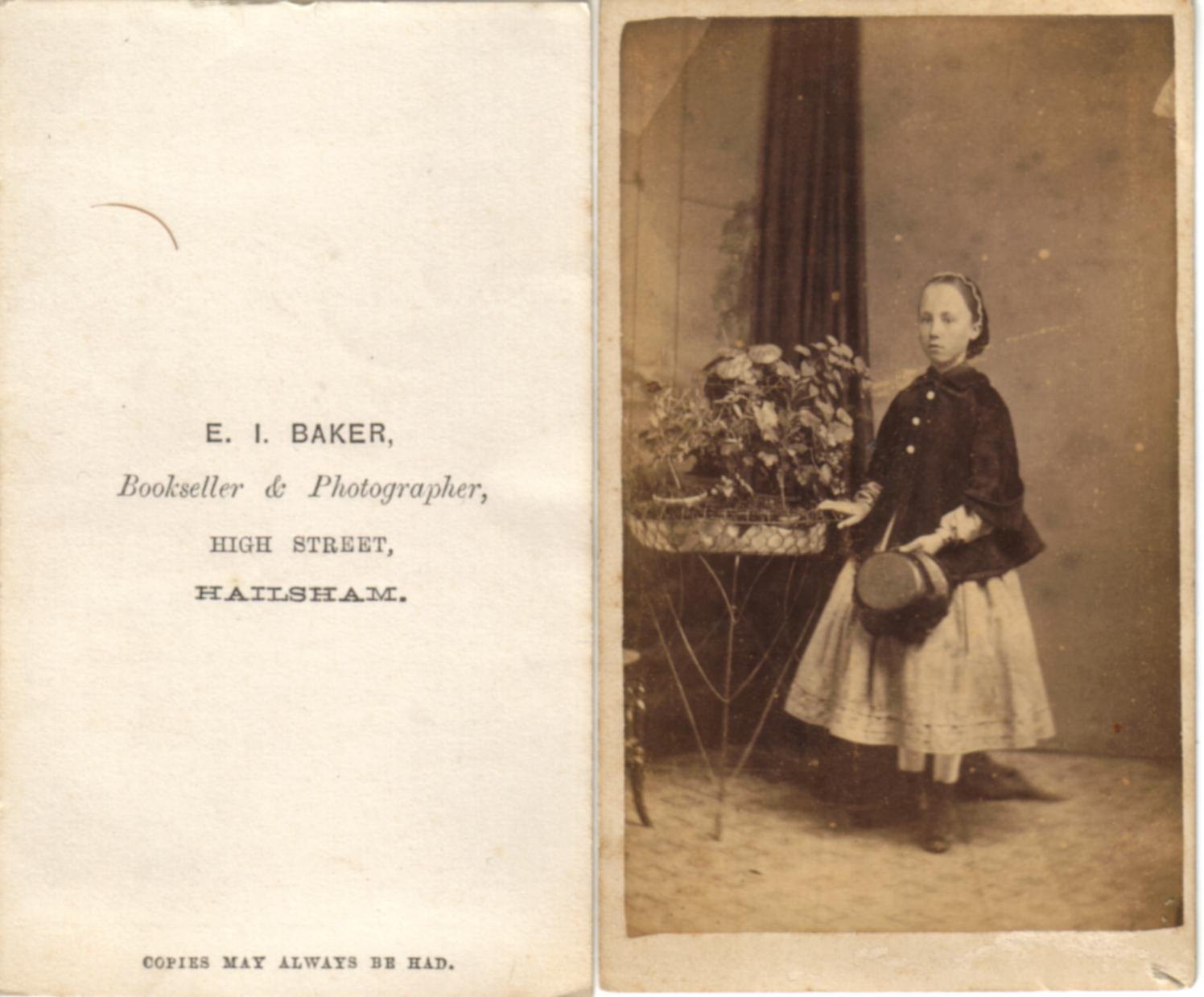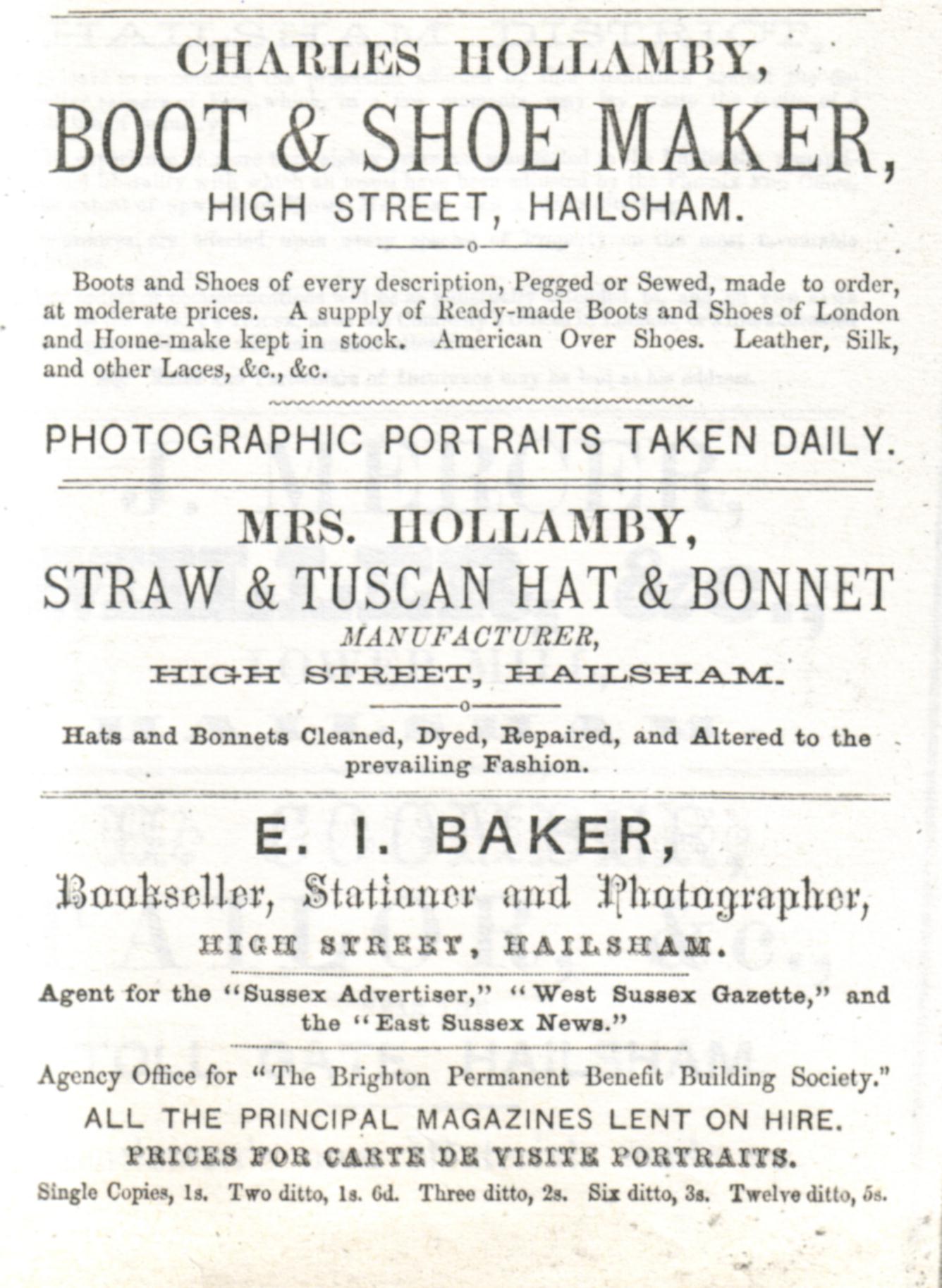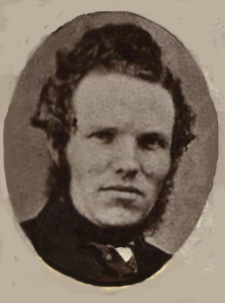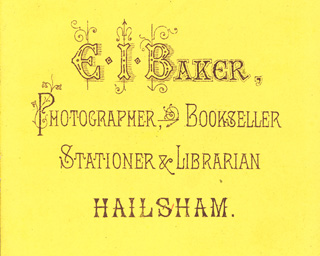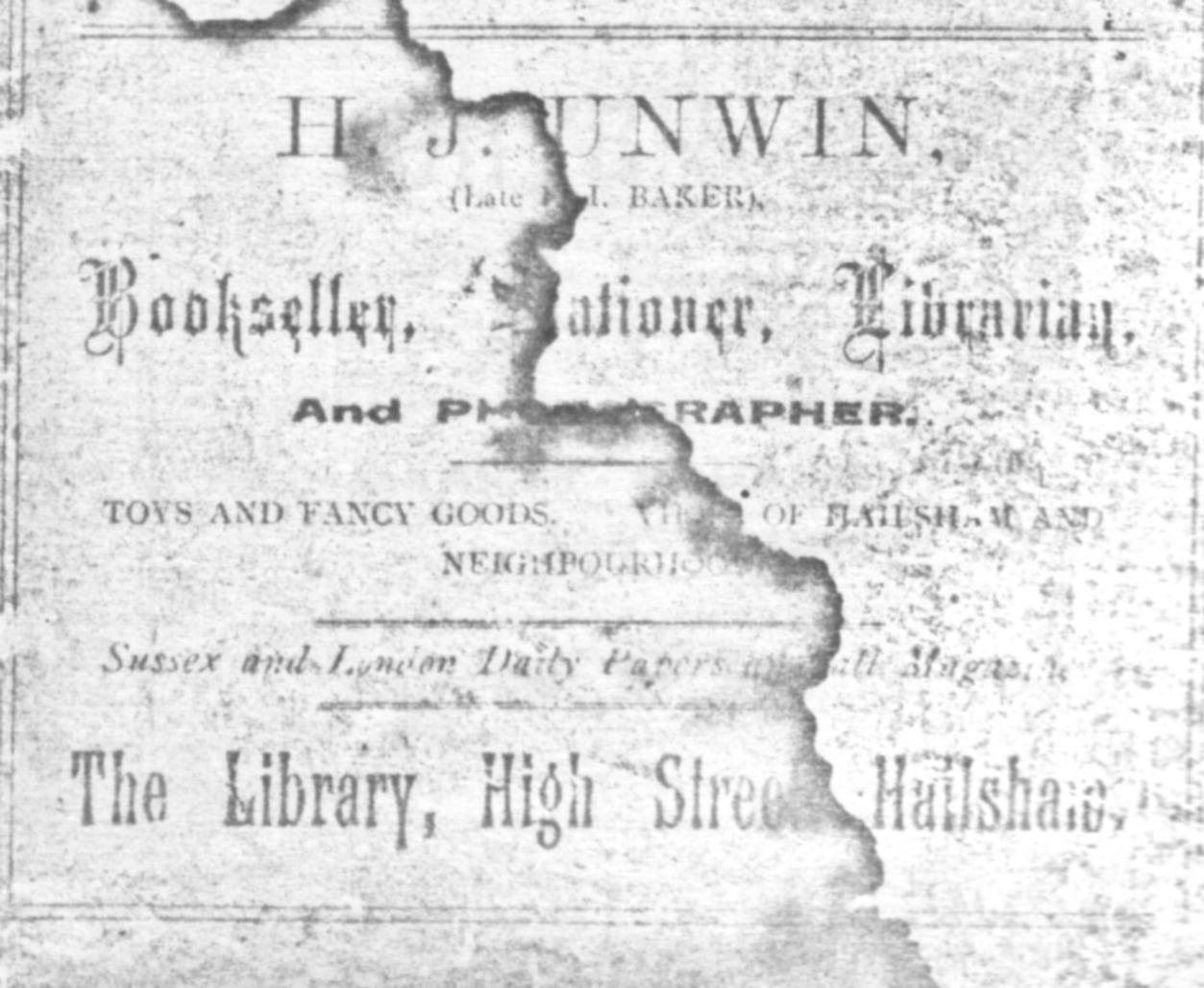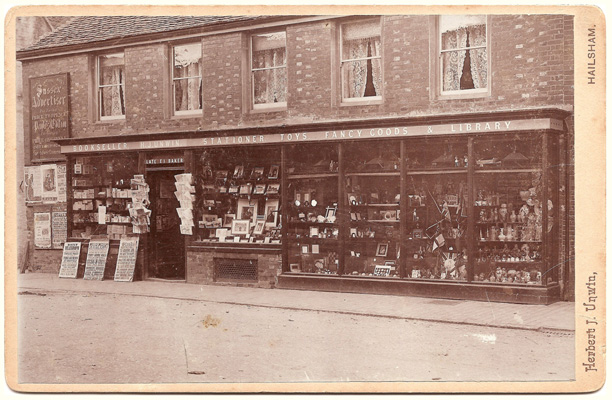|
Hailsham
- The town of Hailsham is situated seven miles north from Eastbourne. In the
19th century, Hailsham was primarily a market town and a centre for the
manufacture of rope and twine. By 1807, Thomas Burfield had established a
factory in Hailsham, making rope and twine, tarpaulin, corn and coal sacks
and rick cloths. In the 1860s, the Green Family set up another factory
manufacturing rope and twine. In 1881, Thomas Burfield junior was employing
110 persons at his rope factory, while the Green Brothers had a workforce of
114 men and 19 boys. In the 1890s, there were at least three factories in
Hailsham manufacturing rope and twine. Not surprisingly, Hailsham became
known as "The String Town".
The growth of rope manufacture
in Hailsham led to a steady increase in the town's population. In 1801 there
were 807 people living in Hailsham. In 1831, the population had risen to
1,445 and when the census was taken in 1851, the number had reached 1,825.
The 1861 census recorded 2098 people residing in Hailsham. The population
then rose steadily, with an addition of roughly five hundred persons every
ten years. In 1871, the figure was 2,429, the 1881 census counted 2,963 and
the census of 1891 gave a total of 3,369.
Hailsham was a market town and
the Sheep & Cattle Market, which was held once a fortnight on alternate
Wednesdays, was recognised as one of the largest in the district.
Although Hailsham had a settled
population which ranged between two thousand and three thousand, and was
boosted by visitors to the regular market, the requirements of the town
could not support a full-time professional photographer
When the Census for Hailsham was
taken on 7th April 1861, the population of the town was made up of 2,098
individuals. Only one inhabitant, thirty-two year old
James Lawrence, a
"Photographic Artist" from East London, made his living from taking
photographs. James Lawrence was lodging with sixty-four year old Mary Tutt
in Hailsham's High Street and was probably an itinerant photographer who was
working temporarily in the Hailsham area. A Sussex trade directory of 1862
lists nearly forty photographic studios in the county, but no photographer
is recorded in Hailsham. Even the neighbouring seaside town of Eastbourne,
with a population of around six thousand and a good number of regular
seasonal visitors, could only support a couple of studios.
The mid 1860s witnessed a
growing demand for carte-de-visite portraits, small and relatively
cheap photographs on mounts the same size as regular visiting cards. Two tradesmen in Hailsham
- Charles Hollamby, a boot and shoemaker, and Edwin Isaac Baker,
a bookseller & stationer - thought they could generate a supplementary
income by setting up photographic portrait studios in their shops on the High
Street. In addition to portraits in carte-de-visite and cabinet formats,
Edwin Baker also photographed landscapes and street views of Hailsham.
Charles Hollamby retired
from photography around 1882 and Edwin Baker left Hailsham for
America in 1896. Edwin Baker's bookshop and stationery business in
Hailsham's High Street was taken over by Herbert John Unwin who
continued to take photographs in the town until he moved to Hereford
around 1900. A married couple, Edwin & Lela Chell, established a
photography business in Hailsham around 1898. Around 1905, the firm of E.
& L. Chell set up a
photographic studio at 64 & 65 High Street, Hailsham, which they
operated until the First World War. As well as producing studio portraits in
cabinet format, E. & L. Chell also produced street views which
were published as picture postcards.
|
